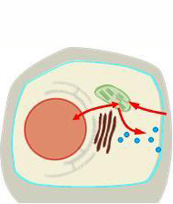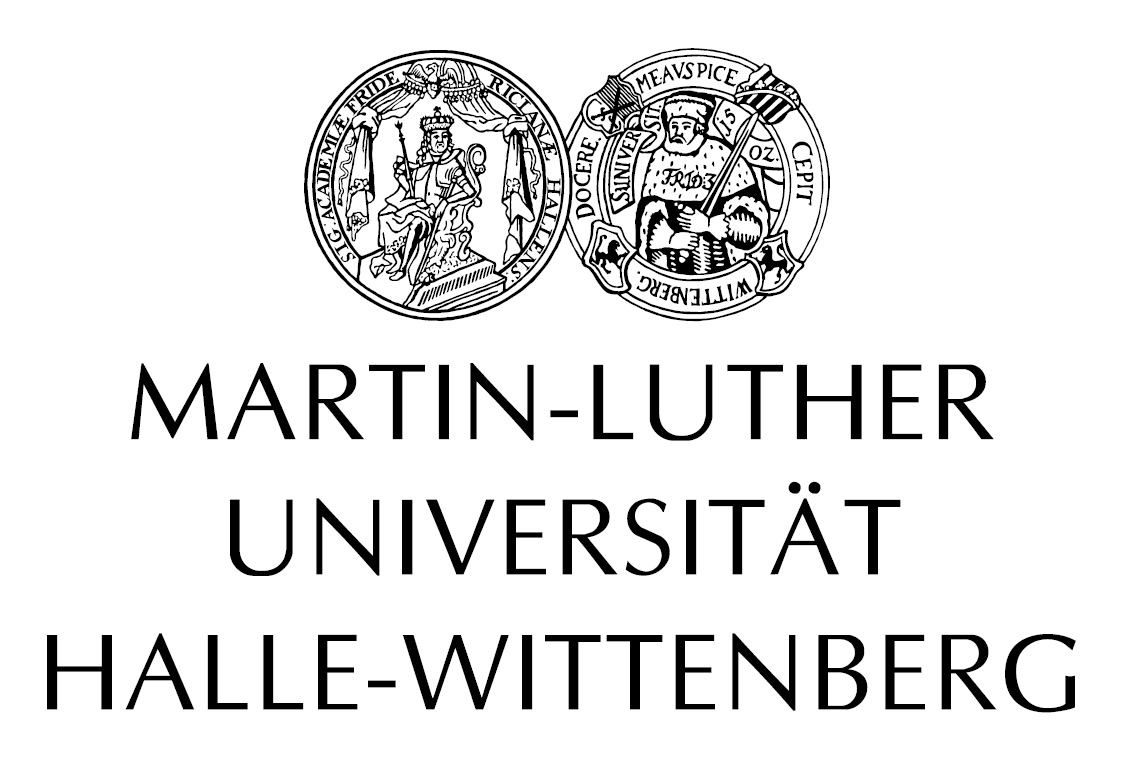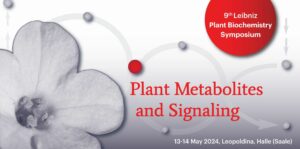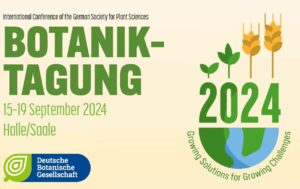// P06

Calcium as a regulator of organellar interactions
Project Leader// Prof. Dr. Edgar Peiter
Martin-Luther-University Halle-Wittenberg
Institute of Agricultural and Nutritional Sciences
Plant Nutrition
The secretory pathway (SP) is a hub for the distribution and modification of membranes and cargo. It consists of various organellar compartments, including endoplasmic reticulum, Golgi apparatus, and trans-Golgi network/early endosomes. These organelles interact with each other and with their targets by vesicular trafficking and form membrane contact sites. In animals, these interactions are known to be regulated by local rises of cytosolic free calcium ([Ca2+]cyt), which are often generated by Ca2+ release from the organelles themselves. Within these compartments, Ca2+ also regulates the modification of protein cargo. Hence, mutants defective in vesicular Ca2+ transport are aberrant in organellar communication and in the trafficking of proteins and membranes. In addition, vesicular compartments are a major contributor to global Ca2+ homeostasis of the cell and thereby interfere with Ca2+-dependent signalling networks that coordinate many cellular functions.
These important roles of Ca2+ in the SP are poorly understood in plants (for review, see He et al., 2021). Based on our recent identification of various organellar cation transporters and our tools to determine Ca2+ concentrations at the subcellular scale (e.g., Frank et al., 2019), this project analyses Ca2+ dynamics in SP compartments, the transport proteins that regulate them, and the relevance of vesicular Ca2+ homeostasis for the function of these compartments and their interaction with other organelles. Transport proteins which we expect to be of elemental importance in these processes will be functionally characterized for their localization, regulation, and substrate spectrum. In this respect, the interaction of Ca2+ and manganese (Mn2+) is of particular relevance because both cations are transported by them, yet have different roles in the plant (He et al., 2021). Insertional and genome-edited mutant plants for those genes show very interesting phenotypes and are subject to cell biological and biochemical analyses.
To determine concentrations of free Ca2+ in the cellular compartments, a toolbox of genetically encoded Ca2+ indicators fused to organelle-specific proteins has been generated in this project and already yielded substantial insight into organellar and even sub-organellar dynamics of free Ca2+ in the SP and their determination by transport proteins. This line of investigation will be further pursued by employing a new generation of multi-parameter reporters to study the interaction of [Ca2+] and pH regulation in these compartments. As the function of organellar transport proteins is still dubious, their substrates, kinetics, and energization will be assayed in a proteoliposome system. The relevance of the SP for intracellular Ca2+ distribution will be analysed by combining organelle-specific Ca2+ reporters (e.g., in mitochondria, chloroplasts) with mutants for SP-localized Ca2+ transporters, and by simultaneous imaging of Ca2+ in two compartments.




